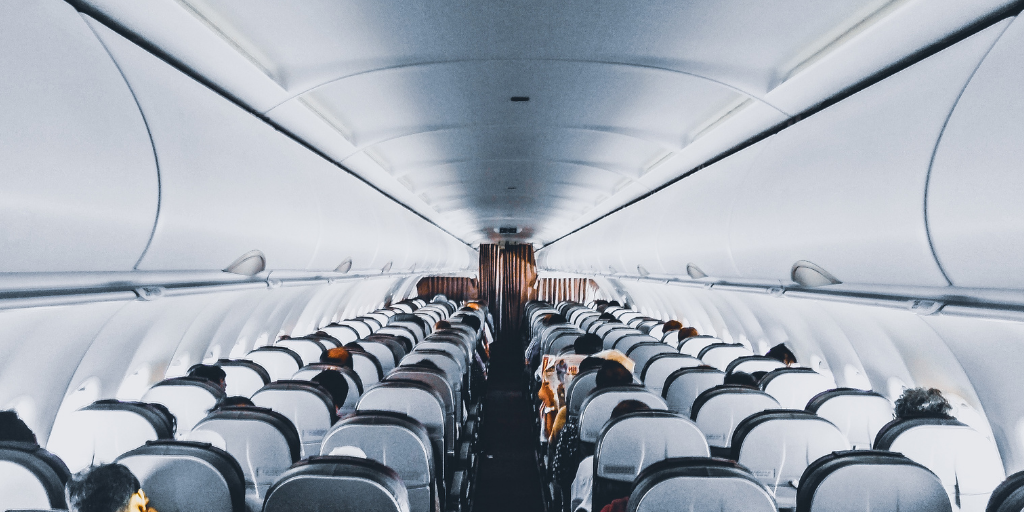Airline Cabin Air Negatively Impacts Dry Eye: Strategies for Coping
Many of us travel by plane for business or pleasure. With COVID vaccines ramping up, it’s expected we’ll see airline travel begin to increase soon. If you have dry eye or use BostonSight PROSE devices or scleral lenses, air travel can be challenging due to the recirculated dry cabin air. A little extra planning and preparation before catching a flight can help ensure a safe and comfortable vacation without interruption from eye health concerns. Impact on your dry eye symptoms If you have dry eye and have traveled by plane, you probably noticed an impact on your symptoms. A March 2013 study in the Investigative Ophthalmology and Visual Science journal took a close look at the impact of in-flight cabin air on dry eye disease. Researchers developed a controlled environment to simulate airline cabin conditions (23°C, 5% relative humidity, localized airflow, and 750 mb of barometric pressure) as well as a standard controlled environment for comparison (23°C, 45% relative humidity, and 930 mb). Study subjects with diagnosed dry eye disease spent time in these environments. Before and after the exposures, subjects answered dry eye symptom questionnaires and underwent diagnostic tests to determine the environmental impact on their eyes. After exposure to the airline cabin environment, dry eye patients were more symptomatic and experienced a decrease in tear stability and volume. Based on these findings, researchers advise dry eye patients to use therapeutic strategies to minimize the impact of air travel on their eyes. Simple strategies Some suggestions for more comfortable [...]
